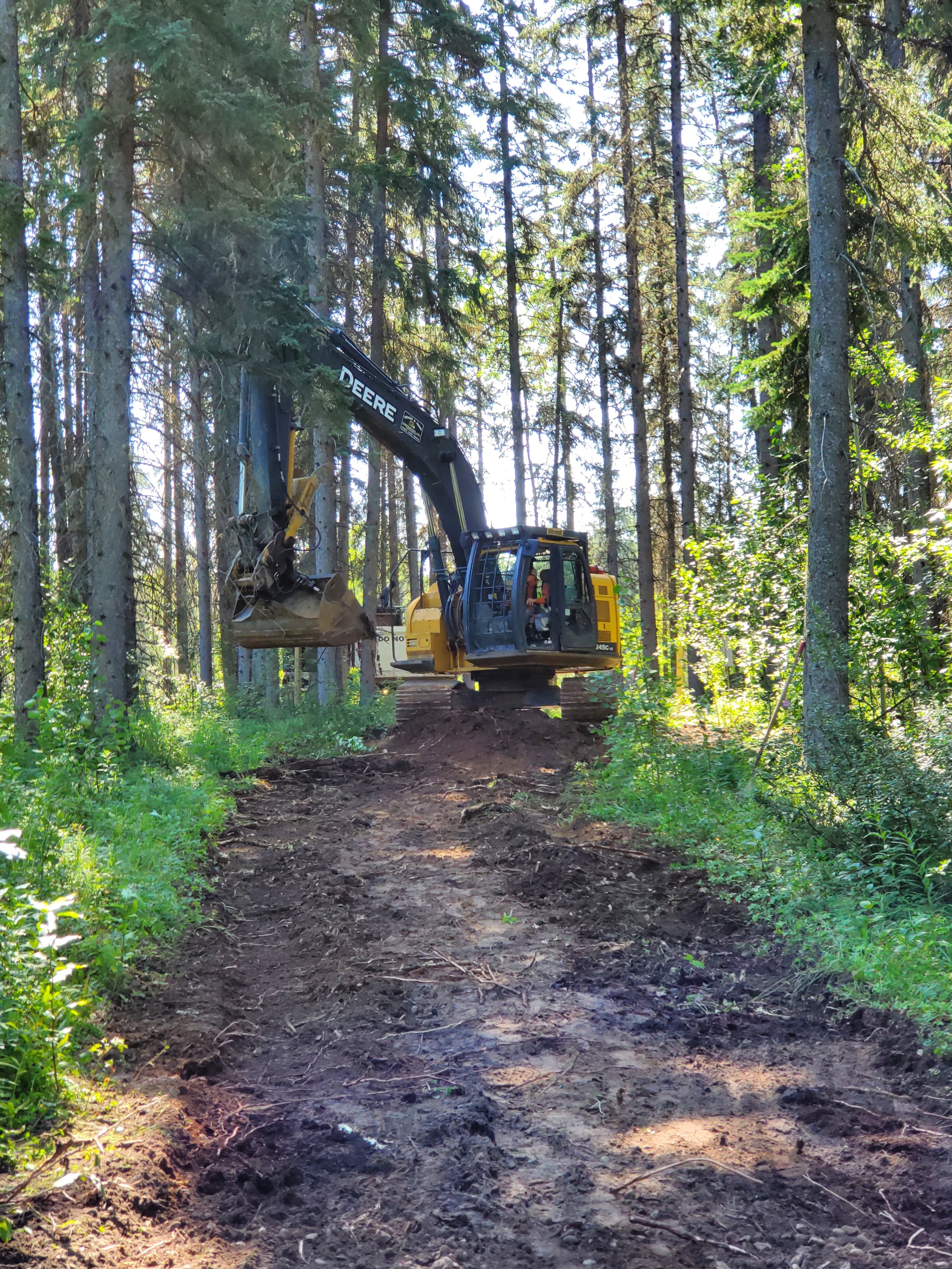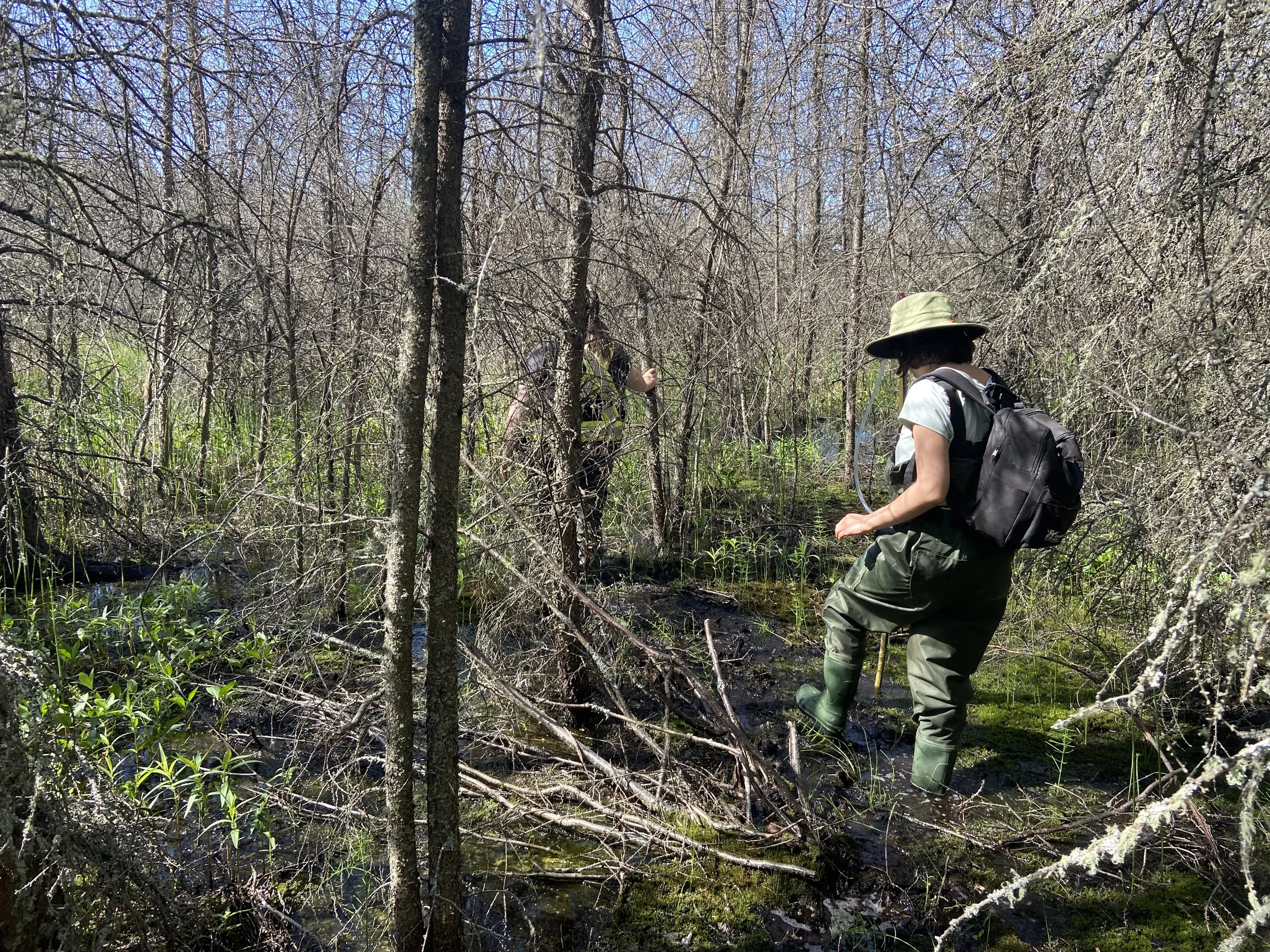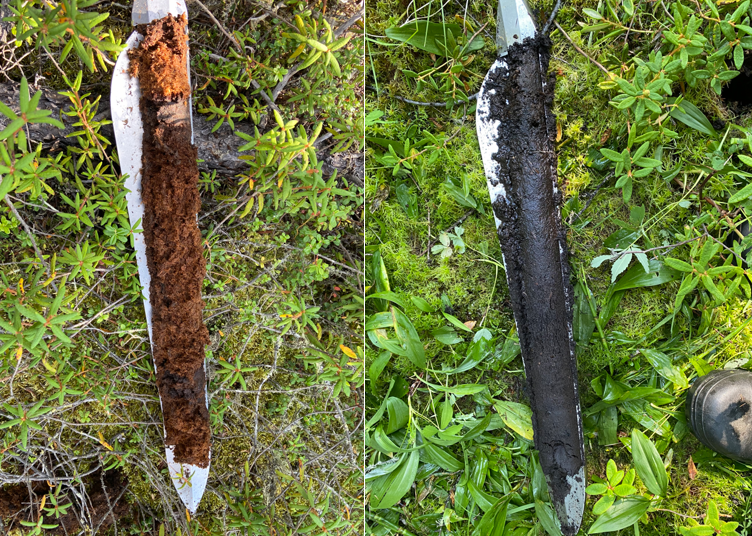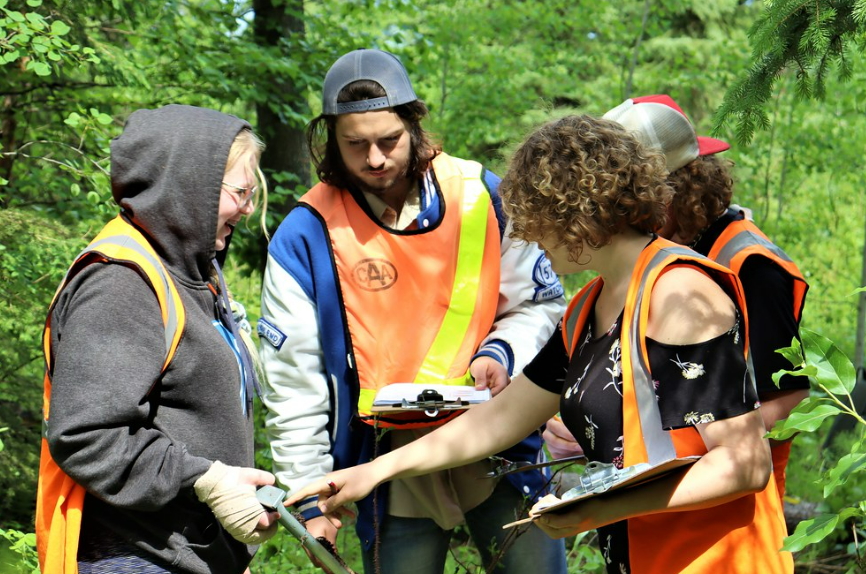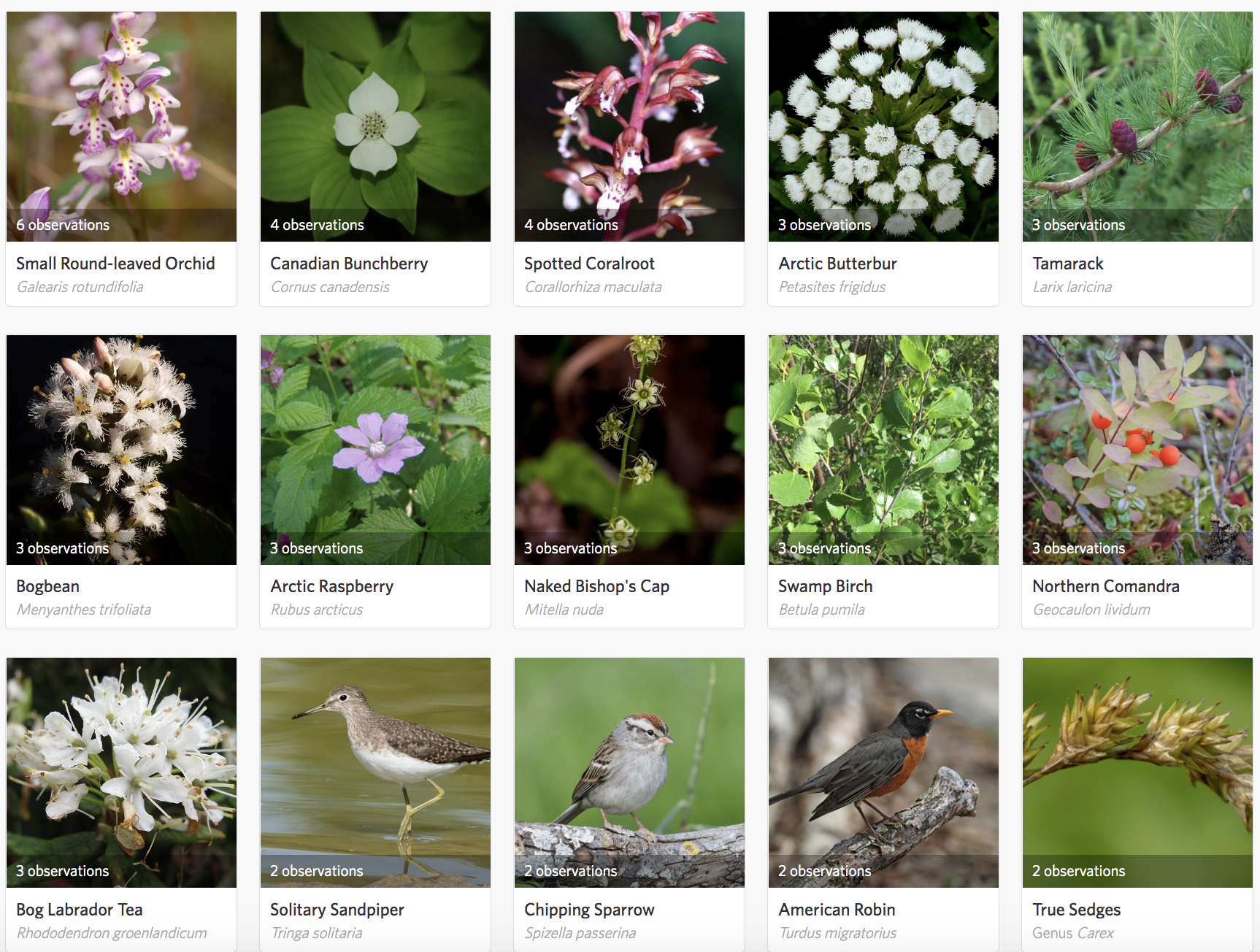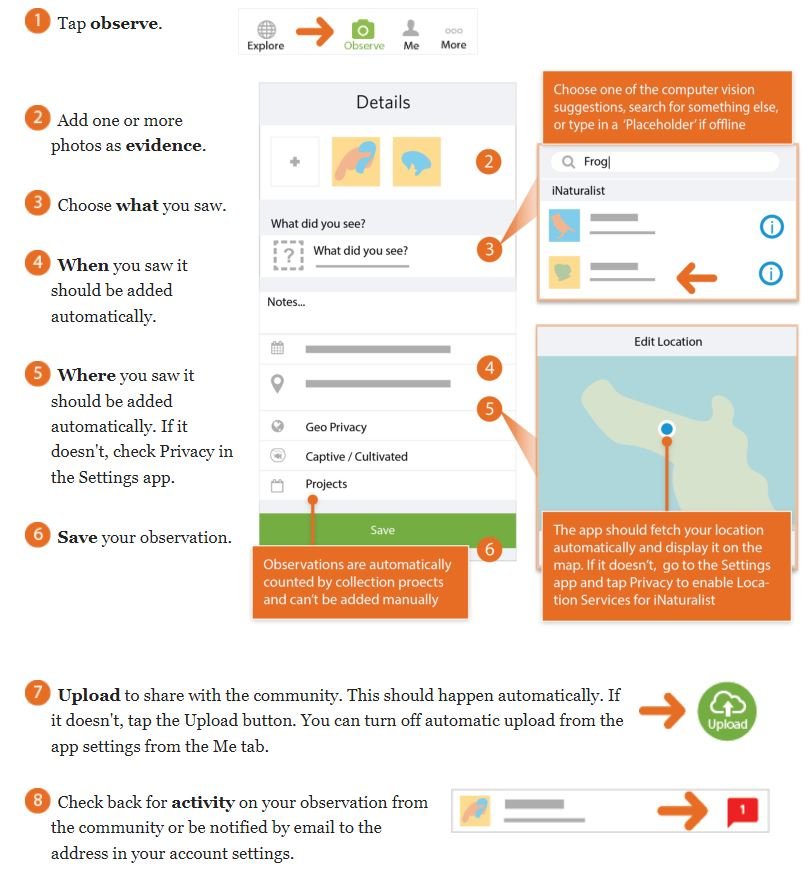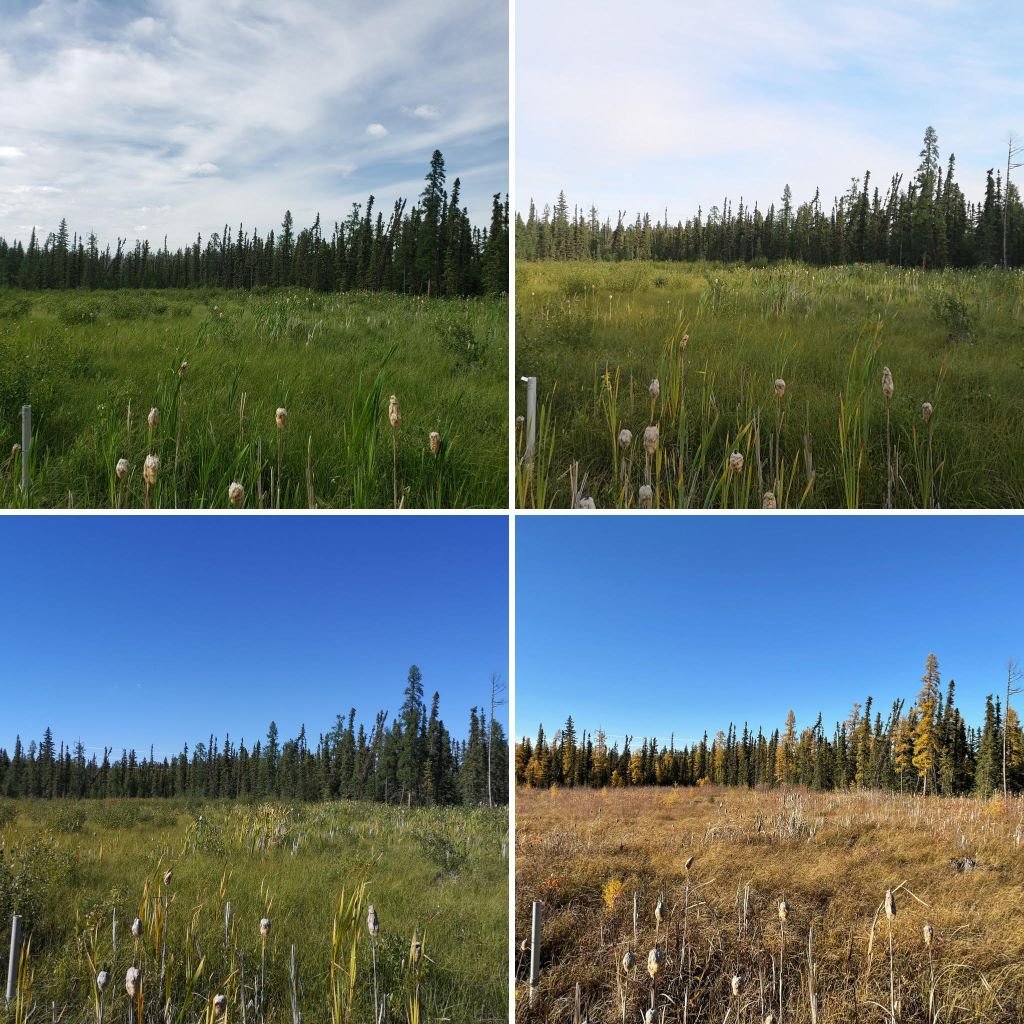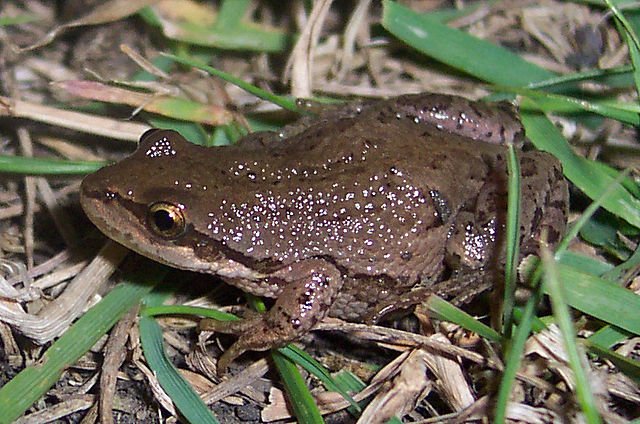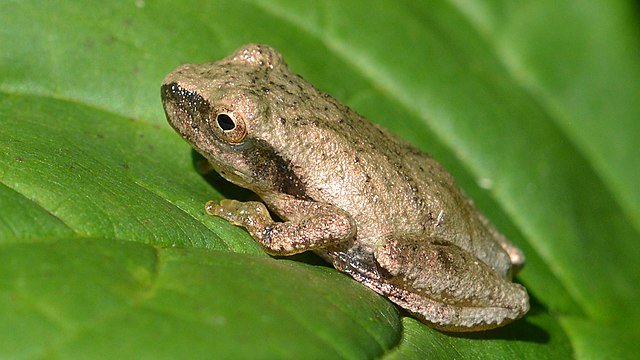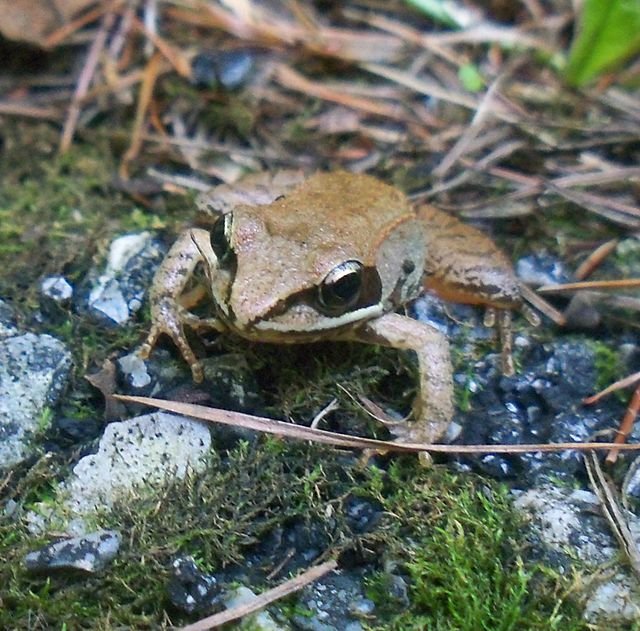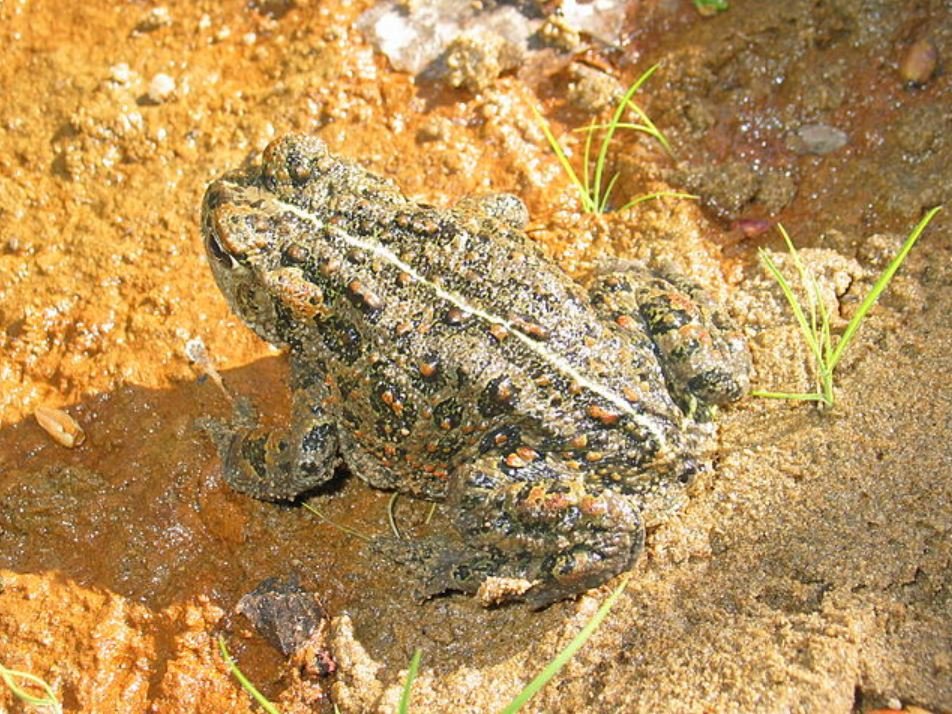Summer 2022 Bioblitz at the Wetland Centre
/From June 14th-19th, 2022, Ducks Unlimited Canada hosted the second ever Bioblitz at the Wetland Centre using the app iNaturalist. Over this 5 day period, the Wetland Centre was teeming with life; Visitors collected 158 observations, documenting 85 species of plants, fungi, amphibians, birds, and mammals at the site. The most common observations can be found below.
Stats created by iNaturalist.
This year, iNaturalist user @jcarisalyn achieved the most observations with 46, while @j_pinzon collected the most species (35). Thanks to everyone who participated in this citizen science event - every contribution is valuable.
Missed the Bioblitz but want to contribute your observations? Join our project here and search for the location ‘The Wetland Centre at Evergreen Park’ when uploading your photos/audio recordings.
The Wetland Centre at Evergreen Park boundary with the locations of species found during the Summer bioblitz.
A bioblitz is a great way for nature enthusiasts of all age, skill, and interest levels to familiarize themselves with the biodiversity in an area. Each species identified in the specified time period contributes to an improved understanding of the diverse communities present at the Wetland Centre. Stay tuned and check the project page for future bioblitzes and other citizen science events.




